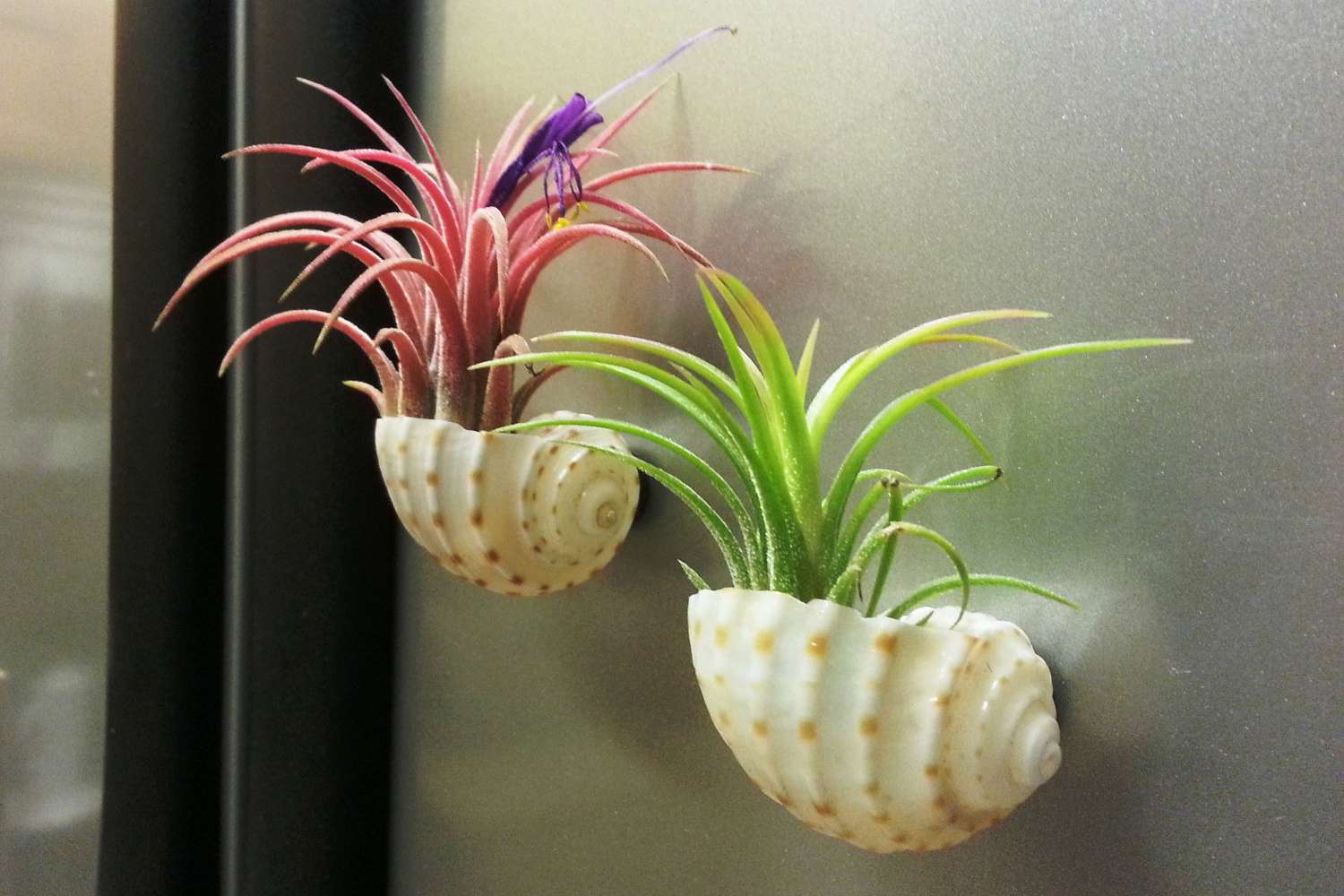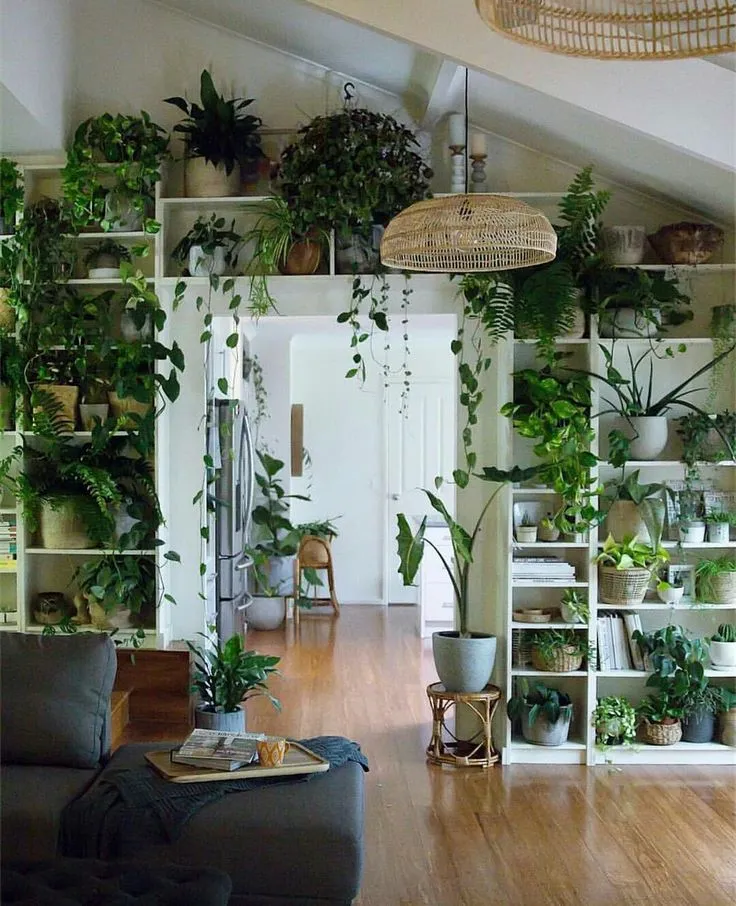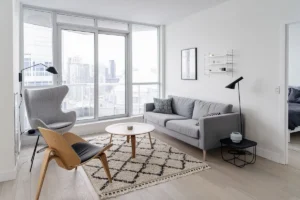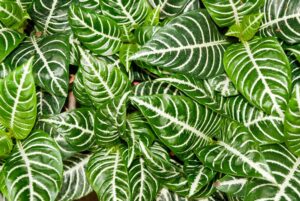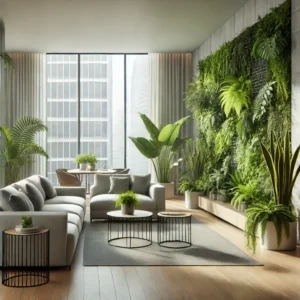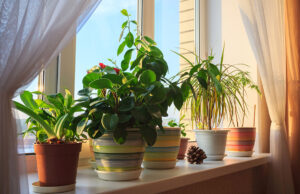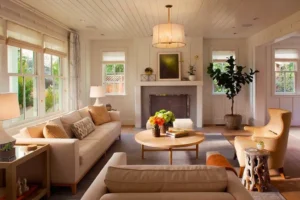Indoor plant decoration is more than just a trend—it’s a transformative approach to enhancing any living space. Plants bring a touch of nature indoors, improving air quality and creating a vibrant, inviting atmosphere. The right plants can breathe life into a room, making it feel more fresh, lively, and aesthetically pleasing. In this guide, we’ll delve into how plants can dramatically alter your home decor and offer practical indoor plant decoration ideas to get you started.
On This Page
The Magic of Indoor Plant Decoration Ideas
Choosing the Right Plants
When it comes to indoor plant decoration ideas, selecting the right plants is crucial. Different plants thrive in various conditions, so understanding your space’s environment is the first step. Here are a few key factors to consider:
- Light: Assess the natural light in your space. Low-light areas might benefit from hardy plants like Snake Plants or Pothos, while bright spaces can accommodate light-loving plants such as Fiddle Leaf Figs or Succulents.
- Space: Consider the size of the room and available space. Large plants like Rubber Trees or Bird of Paradise work well in spacious areas, while smaller plants such as Spider Plants or Air Plants are perfect for compact spaces.
- Maintenance: Choose plants based on the amount of care you can provide. For instance, ZZ Plants are known for their low maintenance needs, while Orchids may require more frequent attention.
Creative Ways to Display Plants
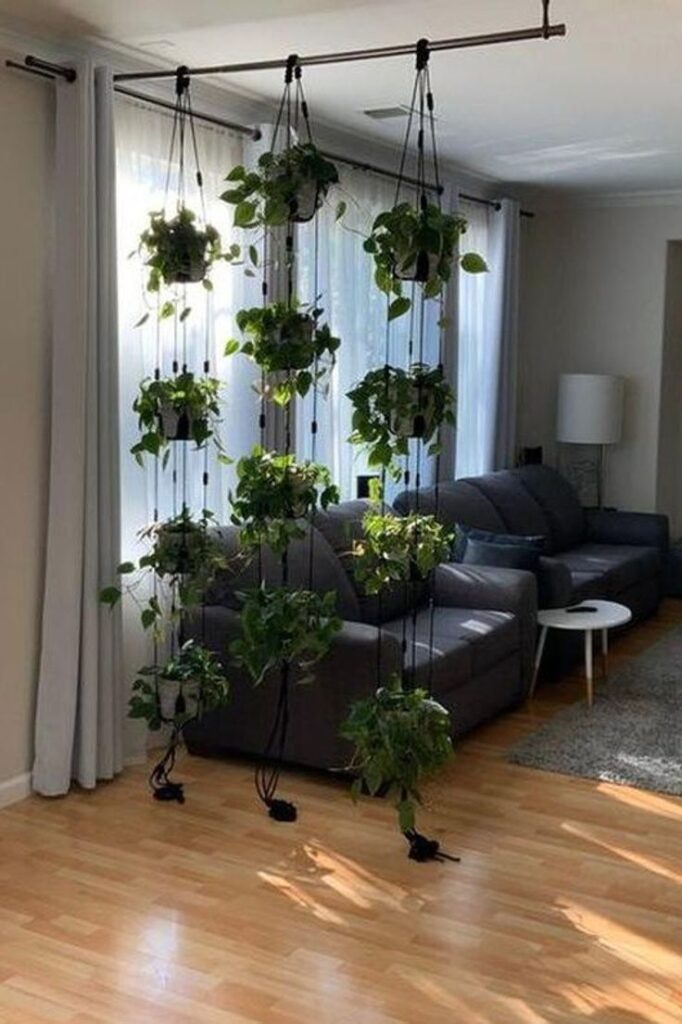
Incorporating indoor plant decoration ideas into your home isn’t just about choosing the right plants; it’s also about showcasing them creatively. Here are some stylish ways to display your plants:
- Hanging Pots: Ideal for adding greenery without taking up floor space. Macramé hangers or wall-mounted planters can create a floating garden effect.
- Shelves and Stands: Use plant stands or shelves to elevate plants at different heights, creating visual interest and making them focal points in a room.
- Plant Walls: Install wall-mounted planters or vertical gardens to turn a blank wall into a lush, green backdrop.
Incorporating Plants into Various Rooms
Each room in your home can benefit from plant decor. Here are some tips for different spaces:
- Living Room: Large, statement plants like Monstera or Areca Palm can serve as eye-catching focal points. Arrange them in corners or beside furniture to add depth and color.
- Kitchen: Small herbs like Basil, Mint, or Chives are perfect for kitchens. They not only add freshness but also make for practical and aromatic decorations.
- Bedroom: Opt for calming plants such as Lavender or Aloe Vera. These plants can improve air quality and create a relaxing environment conducive to restful sleep.
DIY Plant Decor Projects
If you’re into DIY, there are plenty of indoor plant decoration ideas to experiment with:
- Terrariums: Create miniature ecosystems in glass containers. These are great for low-maintenance plants like Succulents and Air Plants.
- Painted Pots: Customize plant pots with paints or markers. This adds a personal touch and can match your home’s color scheme.
- Plant Frames: Build or buy a plant frame to grow climbing plants like English Ivy. This adds a unique, sculptural element to your decor.
Case Study: Transforming Spaces with Plants
In a study by the University of Queensland, researchers found that indoor plants can boost productivity and improve well-being by up to 15%. This demonstrates how the strategic placement of plants not only beautifies a space but also contributes positively to your environment.
Quick Tips:
- Rotate plants regularly to ensure even growth and prevent them from becoming too top-heavy.
- Use self-watering planters to reduce maintenance and ensure consistent hydration.
Benefits Beyond Aesthetics
Health and Well-being
Decorating with plants goes beyond just visual appeal. Plants can significantly impact your health and well-being in several positive ways:
- Improved Air Quality: Plants are natural air purifiers. According to NASA’s Clean Air Study, houseplants like Spider Plants, Peace Lilies, and Snake Plants can remove toxins such as formaldehyde, benzene, and trichloroethylene from the air. By increasing the oxygen levels and reducing pollutants, plants contribute to a healthier indoor environment.
- Enhanced Mental Well-being: Studies have shown that being around plants can reduce stress and anxiety. For instance, a study published in the Journal of Environmental Psychology found that indoor plants can lower blood pressure and improve mood. The calming effect of greenery makes plants an excellent addition to spaces designed for relaxation, such as living rooms and bedrooms.
- Increased Productivity: Adding plants to your workspace can boost productivity. Research from the University of Exeter revealed that incorporating plants in offices could enhance employees’ focus and creativity by up to 15%. This is due to the improved air quality and the soothing visual appeal of plants, which help in reducing mental fatigue.
Table: Plants and Their Air-Purifying Qualities
| Plant | Toxins Removed | Additional Benefits |
|---|---|---|
| Spider Plant | Formaldehyde, Xylene | Low-maintenance, adaptable |
| Peace Lily | Benzene, Trichloroethylene, Formaldehyde | Adds a touch of elegance |
| Snake Plant | Formaldehyde, Benzene, Xylene | Hardy, requires little light |
Quote: “Plants have the unique ability to bring a sense of tranquility and freshness to indoor spaces, enhancing both mood and health,” says Dr. Virginia Lohr, a professor of horticulture at Washington State University.
Enhancing Your Home’s Ambiance

Plants play a crucial role in shaping the ambiance of your home. They can:
- Create a Welcoming Atmosphere: Plants add warmth and life to any room. Whether it’s a vibrant Pothos trailing from a shelf or a bold Fiddle Leaf Fig standing tall in the corner, plants make spaces feel more inviting and cozy.
- Complement Interior Design Styles: Plants are versatile and can blend seamlessly with various design aesthetics. For instance, a Succulent Garden fits perfectly in a minimalist setup, while a collection of Fern varieties can complement a bohemian decor style.
- Add Color and Texture: Beyond their greenery, plants come in diverse shapes, sizes, and colors. From the dramatic leaves of the Bird of Paradise to the delicate fronds of the Boston Fern, plants introduce unique textures and hues that enhance the visual appeal of your home.
Case Study: Plant-Based Interior Design
In a design experiment conducted by Architectural Digest, incorporating plants into a contemporary living space resulted in a 25% increase in perceived comfort and aesthetic satisfaction among participants. This case study highlights how plants can enhance the overall ambiance and enjoyment of a space.
Quick Tips:
- Group plants in clusters to create a lush, jungle-like effect.
- Use plants to fill empty corners or spaces, creating visual balance.
Maintenance Tips to Keep Your Plants Thriving
Basic Care Tips
Keeping your plants healthy is essential to maintaining their beauty and benefits. Here are some fundamental tips for indoor plant care:
- Watering Schedules: Different plants have different watering needs. Generally, it’s best to water plants when the topsoil feels dry. For example, Cacti require infrequent watering, while Ferns need more consistent moisture. Using a moisture meter can help you monitor soil conditions accurately.
- Light Requirements: Ensure that each plant receives the appropriate amount of light. Plants like Pothos and ZZ Plants can thrive in low-light conditions, while others, such as Succulents and Citrus Trees, need plenty of natural light. Consider using grow lights if natural light is insufficient.
- Fertilization: Regular fertilization supports plant growth. Use a balanced, water-soluble fertilizer during the growing season (spring and summer). Over-fertilizing can harm plants, so follow the recommended dosage on the fertilizer package.
Table: Watering Needs for Common Indoor Plants
| Plant | Watering Frequency | Light Requirements |
|---|---|---|
| Cactus | Every 2-4 weeks | Bright, indirect light |
| Pothos | Every 1-2 weeks | Low to bright, indirect light |
| Fern | Weekly or as needed | Low to moderate light |
Troubleshooting Common Issues
Plants can face several issues that might impact their health. Here’s how to tackle common problems:
- Pests: Common pests include Spider Mites, Aphids, and Mealybugs. Treat infestations with insecticidal soap or neem oil. Regularly inspect your plants for signs of pests to address issues early.
- Brown Leaves: Brown tips or edges can indicate overwatering or underwatering. Adjust your watering practices and check for proper drainage in your plant pots.
- Leggy Growth: If your plants are stretching or becoming leggy, they may not be getting enough light. Move them closer to a light source or adjust the positioning of your grow lights.
Case Study: Effective Plant Care Techniques
A case study published in Horticultural Science revealed that plants receiving tailored care based on their specific needs showed a 40% improvement in growth and health. This underscores the importance of understanding and addressing individual plant requirements.
Quick Tips:
- Use pots with drainage holes to prevent waterlogging.
- Clean plant leaves regularly to ensure efficient photosynthesis and reduce dust buildup.
Maintaining healthy plants requires understanding their specific needs and addressing any issues promptly. By following these care tips, you can ensure your indoor plants remain vibrant and thriving, enhancing your home decor for years to come.
